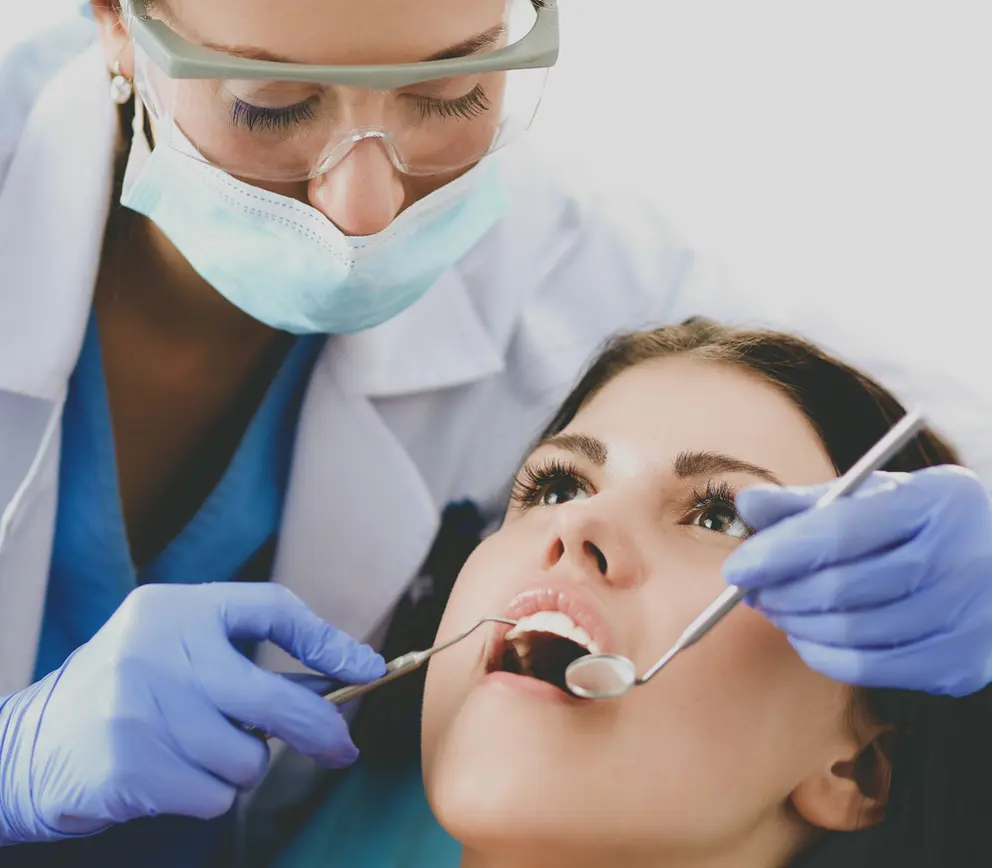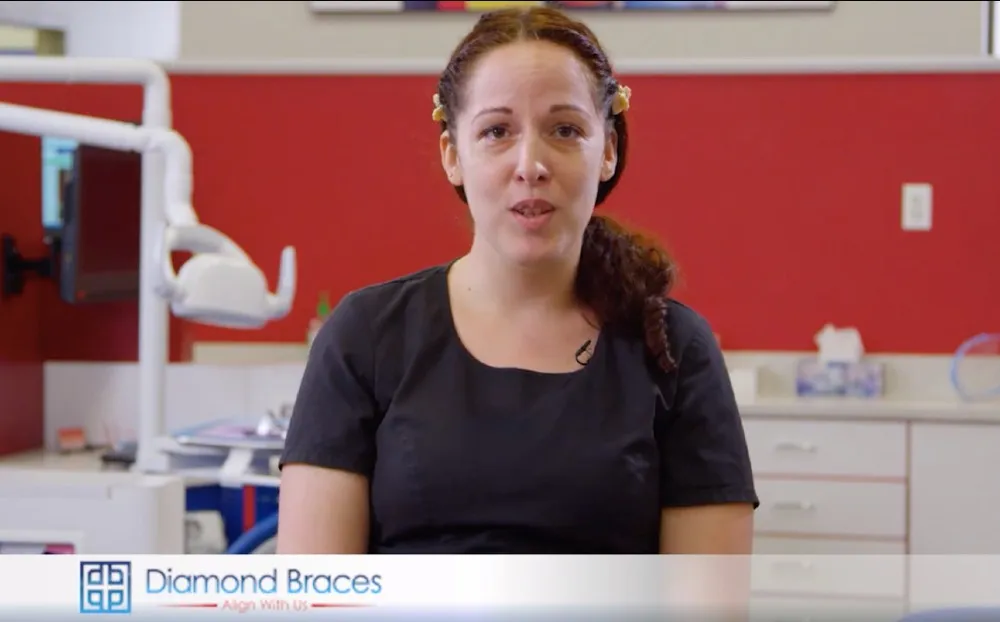
How Long
Do I Have to Wear Braces?
Orthodontic treatment with traditional metal braces usually consumes up to two years. You might start seeing minor changes in your teeth after the first month (4 to 6 weeks).
The treatment length can vary. Factors like bone density, patient’s age, and diagnosis severity can affect it. But, you can expect the treatment length to be around these timespans.
Whether you choose braces or Invisalign, the process is similar. Also, tooth colored options are available for a more aesthetic look.

